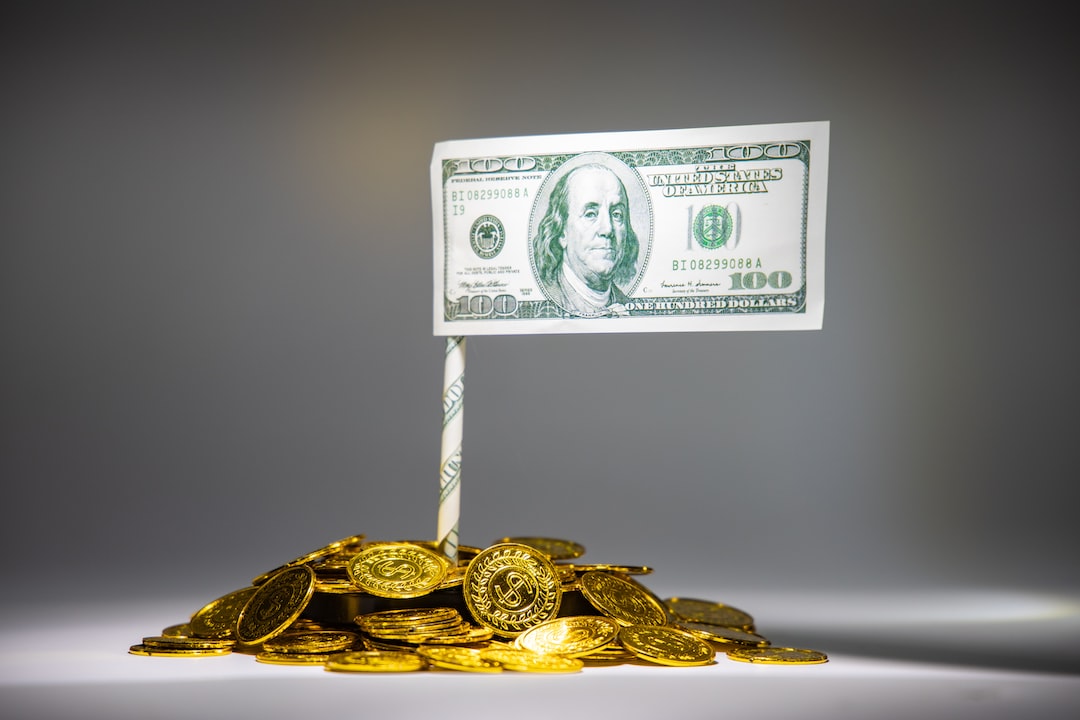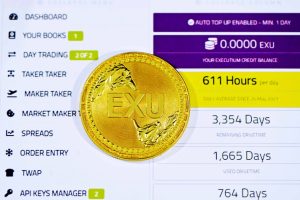Forex trading is a popular investment option for people who are willing to take risks and want to earn high returns. It is the world’s largest financial market, with an average daily turnover of $5 trillion. Forex trading involves buying and selling currency pairs, and the profits or losses are determined by the fluctuations in the exchange rates of those currencies. However, before deciding to trade in forex, it is essential to understand the costs involved in this market.
The general price for forex trading can be divided into two categories: the cost of trading and the cost of holding a position.
The cost of trading includes the spread, commission, and slippage. The spread is the difference between the bid and ask price of a currency pair. It is the primary way forex brokers make money. For example, if a trader buys a currency pair at 1.2000 and the spread is 2 pips, the trader will have to sell the currency pair at 1.1998 to break even. Generally, the spread varies from 0.1 to 3 pips, depending on the currency pair and the broker.
The commission is an additional fee charged by the broker for executing a trade. Some brokers offer commission-free trading, but they may charge higher spreads. The commission can be fixed or variable, depending on the broker’s policies. It is usually a percentage of the trade’s value, ranging from 0.1% to 0.5%.
Slippage is the difference between the expected price and the actual price at which a trade is executed. It can occur during high volatility or low liquidity periods. Slippage can be positive or negative, depending on whether the trader benefits or loses from the difference. Some brokers may offer guaranteed stop-loss orders to avoid slippage, but they charge an additional fee for this service.
The cost of holding a position includes the overnight swap rate, which is the interest rate differential between the two currencies in a currency pair. If a trader buys a currency with a higher interest rate than the one he is selling, he will earn a positive swap rate. Conversely, if he buys a currency with a lower interest rate, he will pay a negative swap rate. The swap rate is usually calculated daily and can be positive or negative, depending on the broker’s policies.
Apart from these costs, there are other expenses that traders may incur, such as deposit and withdrawal fees, inactivity fees, and currency conversion fees. Some brokers offer free deposits and withdrawals, while others charge a fixed or percentage-based fee. Inactivity fees are charged if a trader does not trade for a specified period, usually three to six months. Currency conversion fees are charged if a trader deposits or withdraws funds in a currency other than his trading account’s base currency.
The general price for forex trading varies depending on the broker, the currency pair, and the trading strategy. Some brokers offer tight spreads and low commissions, while others may charge higher fees but provide better trading conditions. Popular currency pairs such as EUR/USD and USD/JPY usually have lower spreads than exotic pairs like USD/ZAR and USD/TRY.
Traders who use a scalping strategy, which involves opening and closing trades quickly to profit from small price movements, may incur higher costs due to the frequent trading. On the other hand, traders who hold positions for an extended period may benefit from positive swap rates, but they may also face higher risks due to market fluctuations.
In conclusion, the general price for forex trading includes the cost of trading and the cost of holding a position. Traders should consider these costs before entering the forex market and choose a broker that offers competitive fees and favorable trading conditions. They should also have a clear understanding of their trading strategy and risk tolerance to minimize their trading costs and maximize their profits.






